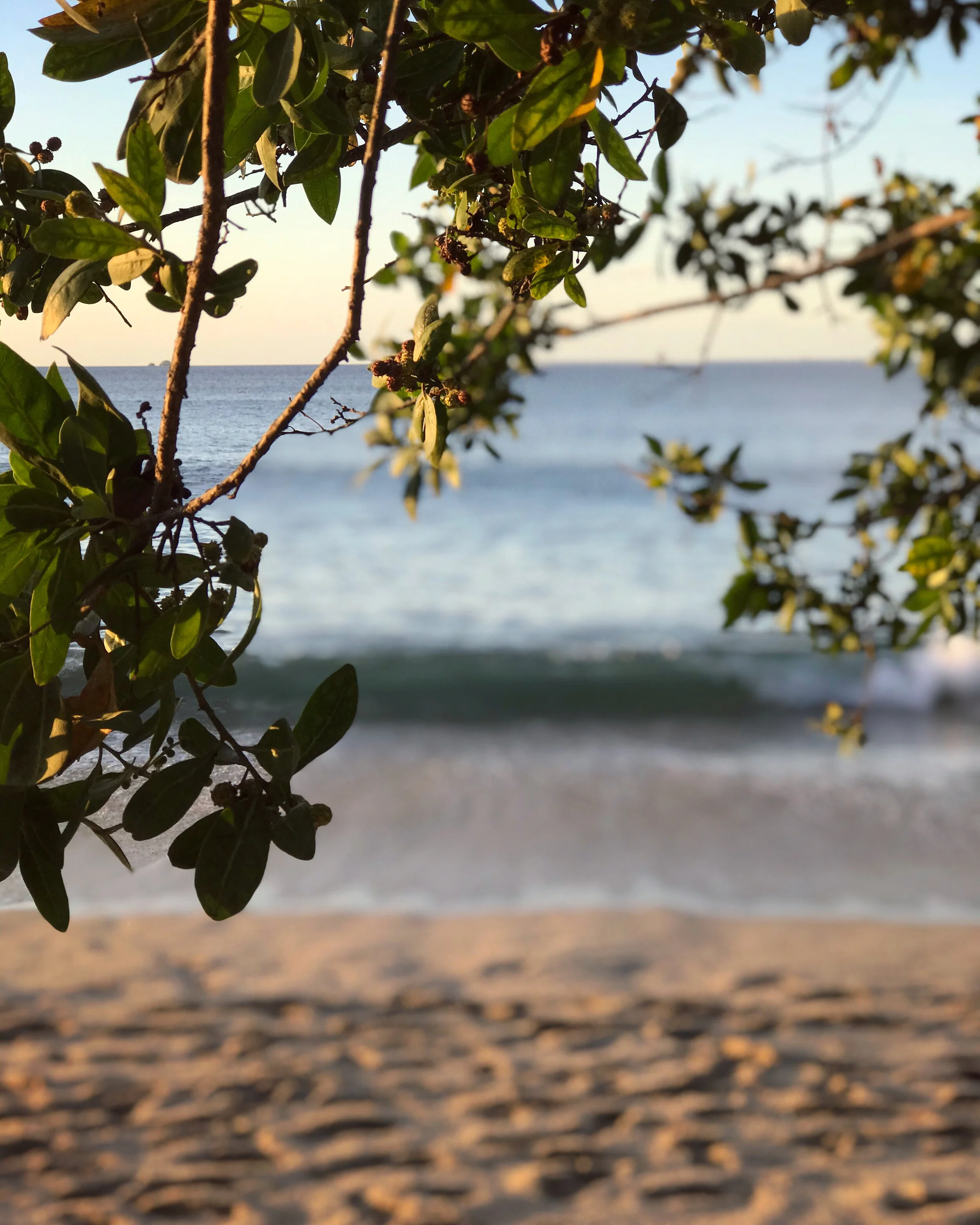The travel industry has never been more scrutinised for its contribution to global warming. From Greta Thunberg sailing across the Atlantic to #flightshaming going viral on social media, we are increasingly aware of the impact of our carbon footprint on the planet. Transforming from eco-warrior to eco-tourist can allow you to explore the wonders of the world in a way that limits your damage to the environment – you just have to travel to the right places.
Costa Rica is one of the world’s prime eco-tourism destinations. But what exactly do we mean by eco-tourism? The objective is to immerse travellers in nature, with the goal of educating and imparting environmental awareness. Eco-tourism unites conservation with local communities and wildlife, aiming to minimise a tourist’s impact.
Costa Rica has the highest density of plant and animal species on Earth. Though occupying just 0.3% of the planet’s landmass, it’s home to an astonishing 5% of the entire world’s biodiversity. Its tropical climate extends across extreme variations in altitude and covers countless ecosystems: the country has 20 life zones, 850 bird species, 237 mammal species, 1,260 tree species, 1,200 orchid species, and 361 reptile and amphibian species. Protecting these natural wonders remains high on the country’s agenda, and thankfully tourism hasn’t wavered in its commitment to conservation.
Costa Rica’s push towards eco-tourism began with the establishment of the Cabo Blanco National Reserve in 1963, followed by the creation of its first official national parks in 1971. Today the Costa Rican park system includes 70 entities and protects over 3,221,000 acres. Coupled with numerous private reserves operated by non-profits and environmental groups, this means that 30% of national territory is allocated for conservation - one of the highest ratios in the world.
And one of the best ways to practise eco-tourism is by staying in an eco-lodge. These abodes are intentionally isolated to allow travellers direct, uninterrupted access to nature. Many of Costa Rica’s first eco-lodges were sustainable long before sustainability became a buzzword. These eco-lodges operated in remote, off-the-grid locations that required them to optimise their efficiency and minimise their impact. They used solar and wind power because the area lacked electrical lines and grew their own food because there were no accessible supermarkets. They hired locals, the only workforce available, and became educators within the community, often training guides, receptionists and chefs. Costa Rica’s original eco-lodges paved the way for the eco-lodges of today.
Last month I explored the incredibly rich and diverse region of Guanacaste. I flew into Liberia (direct flights from London Gatwick with TUI airlines) which is perfectly positioned for easy access to the beaches, volcanos and the cloud forest. Guanacaste also has 70% of the country’s biodiversity – so this is where you want to be.
Having read stellar reviews, I booked my first few nights at Finca Luna Nueva eco-lodge. I was particularly drawn to the firm emphasis placed on farm-to-table cuisine and its claim to be a ‘living classroom’ concept – set on an organic herbal farm at the edge of a 200-square-kilometre conservation area of primary rainforest, only 16km from the iconic Arenal volcano. You do genuinely feel like you’re living a David Attenborough documentary, breakfasting on the freshest fruits, listening to the sound of howler monkeys, watching exotic hummingbirds and butterflies land on the most exquisite flowers, surrounded by birds of paradise, all types of iguanas – it was a true feast for the eyes and the senses. I went on the most sensational horse-riding tour around the volcano, followed by a dip in the solar-heated jacuzzi and natural spring-fed pool.
After indulging in jungle paradise, I decided to move on to soak up some sun on the beach. Costa Rica’s beaches are some of the cleanest in the world, thanks to The Blue Flag Environmental Program. This is one of many initiatives that promote the pursuit of conservation and development consistent with the protection of natural resources, the implementation of actions to address climate change as well as those to improve the public health of the people of Costa Rica, or ‘Ticos’ as they’re locally known. The Blue Flag Environmental Program also has an annual awards ceremony – the winners’ list is a great resource when looking for the country’s top-rated eco-conscious accommodation.
Playa Flamingo and Playa Conchal became firm favourites of mine with their wonderful beachside ‘sodas’ (local restaurants serving the freshest food) and pristine water.
The hotel and estate Reserva Conchal really stood out for their commitment to sustainability. From meeting much of their energy needs through solar power to produce 45 tons of organic fertiliser monthly, they also run local initiatives such as Hortalizas Najui which seeks to empower local women through organic farming (“Hortalizas” are vegetables, and “Najui” is a Chorotega – tribal word - for women). These organic vegetables are sold to restaurants in their hotels, as well as to homeowners and visitors, and the remains are sold at the local farmer’s market.
On to Playa Flamingo, where I was lucky enough to stay at the dazzling 360 Flamingo. These luxury condos are set on the top of a cliff, with a saltwater infinity pool looking out onto the breath-taking panoramic views of the Pacific Ocean and Playa Flamingo. Although 360 Flamingo caters to the luxury eco-traveller, it creates the perfect balance of exclusivity without pretentiousness. Their incredible Concierge service will help you find any eco-focused excursion you need - e.g. snorkelling on a sailboat powered by solar energy or a bespoke national parks tour. Always wanted to watch turtles hatching or take a photo of a humpback whale? If it’s the right season, they’ll make it happen. If you’re hungry just dial 0 to order from any nearby restaurant, and the Concierge will deliver it directly to your door. I was particularly impressed by the widespread use of compostable packaging and the lack of plastic in every restaurant – as I was with the emphasis placed on recycling, with rubbish bins on every corner, not just of the hotel, but of the town itself.
Playa Flamingo is also famed for being electric transport-friendly. For only USD 50 for 24 hours, I was able to rent a cute little 4-seater buggy and charge up at many restaurants in Playa Flamingo and nearby Potrero. Carry on 8km up the coast and you’ll find a solar and electric powered haven, Las Catalinas, completely pedestrianised and built in the style of an Amalfi coastal town. It is the epitome of an eco-conscious community: on Thursdays they hold local farmers’ markets and run a weekly litter-picking and recycling volunteer activity through community centre.
The love the Ticos have for their country and its unique and exquisite natural beauty is completely infectious, and you feel inspired to help preserve it as they do. It’s in everything they say and do. Say hello to a Tico in the street and you’ll be greeted in response, “Pura Vida” - literally translated as ‘pure life’. And in Costa Rica, you really feel it is.
Our lovely contributor, Amelia Stewart, visited Costa Rica at the beginning of January.
Check out what she’s been up to on her website.
If you’d like more tips on how to have a seamless, successful trip to Costa Rica, don’t hesitate to get in touch.





